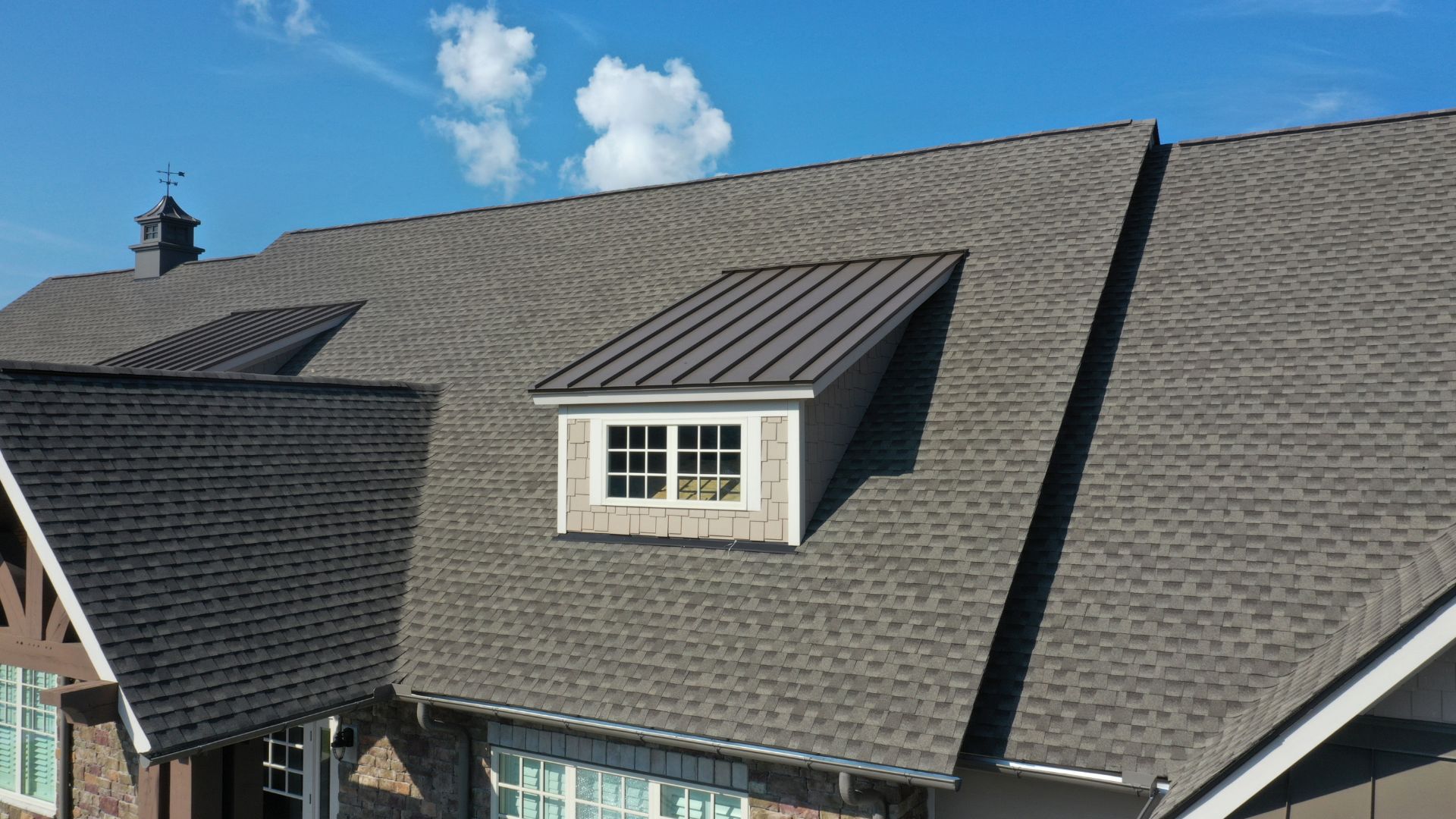When it comes to protecting your property from the wrath of Mother Nature, having a resilient roofing system is paramount. From hurricanes and tornadoes to heavy rainfall and snowstorms, extreme weather events can wreak havoc on roofs, leading to costly damage and disruption. In this guide, Shield Roofing explores the importance of selecting roofing solutions specifically designed to withstand extreme weather conditions. By understanding the challenges posed by different weather phenomena and implementing appropriate roofing materials, technologies, and strategies, property owners can fortify their roofs against the elements and ensure long-term durability and protection.
Understanding Extreme Weather Challenges

Extreme weather conditions come in many forms, each presenting its own set of challenges for roofing systems. Hurricanes and tornadoes bring high winds and flying debris that can cause extensive damage to roofs, while severe storms and heavy rainfall increase the risk of water infiltration and flooding. In colder climates, snowstorms and ice accumulation pose additional threats, leading to structural damage and ice dams. It’s essential for property owners to assess the specific weather risks faced by their region and select roofing solutions capable of withstanding these challenges. By understanding the nature of extreme weather events, property owners can make informed decisions when it comes to roof design, materials, and maintenance.
Impact-Resistant Roofing Materials
Impact-resistant roofing materials are engineered to withstand hail, debris, and falling objects, making them ideal for areas prone to severe weather. Asphalt shingles with Class 4 impact resistance ratings, metal roofing systems, and synthetic roofing materials are popular choices for enhancing resilience against impact damage. These materials undergo rigorous testing to ensure they can withstand the force of hailstones and debris without compromising their structural integrity. By investing in impact-resistant roofing materials, property owners can minimize the risk of damage and extend the lifespan of their roofs, even in the face of extreme weather events.
Wind-Resistant Roofing Systems
Wind-resistant roofing systems are designed to withstand high winds and wind-driven debris, providing enhanced protection during hurricanes, tornadoes, and severe storms. These systems often feature reinforced fastening systems, interlocking panels, and low-profile designs that minimize wind uplift and prevent wind-driven rain from infiltrating the roof assembly. Proper installation and maintenance are essential for ensuring the effectiveness of wind-resistant roofing systems, as even the most robust materials can fail if not installed correctly. By working with experienced roofing professionals and adhering to industry best practices, property owners can fortify their roofs against the damaging effects of high winds and severe weather.
Stay tuned for the next sections of our guide, where we will explore waterproofing and drainage solutions, snow and ice management techniques, and the importance of regular maintenance in ensuring the resilience of roofing systems in extreme weather conditions. At Shield Roofing, we are committed to helping property owners protect their investments and maintain the integrity of their roofs, even in the face of the most challenging weather events.
Waterproofing and Drainage Solutions
Effective waterproofing and drainage solutions are essential for protecting roofs against heavy rainfall and flooding. Roofing membranes, sealants, and flashing systems are designed to provide a watertight barrier, preventing water infiltration and minimizing the risk of water damage to the underlying structure. Proper roof slope, gutter systems, and downspouts are crucial components of drainage systems, ensuring that rainwater is directed away from the roof surface and foundation. By investing in high-quality waterproofing and drainage solutions, property owners can prevent water-related issues and maintain the integrity of their roofs, even in the face of torrential rain and flooding.
Snow and Ice Management Techniques
In cold climate regions, snow and ice accumulation can pose significant challenges for roofing systems. Snow guards, ice melt systems, and proper insulation are key elements of snow and ice management strategies, helping to prevent ice dams, snow buildup, and structural damage. Snow guards are installed along the roof edge to retain accumulated snow and prevent it from sliding off in large chunks, while ice melt systems use heating elements to melt ice and prevent the formation of ice dams. Adequate insulation helps maintain consistent roof temperatures, minimizing the risk of ice dam formation and reducing energy loss. Regular snow removal and maintenance are essential for ensuring the effectiveness of snow and ice management techniques and preventing damage to roofing materials and structures.
Protecting your property from extreme weather conditions requires careful consideration of roofing materials, technologies, and strategies designed to enhance resilience and durability. By understanding the specific challenges posed by different weather phenomena and implementing appropriate roofing solutions, property owners can safeguard their investments and minimize the risk of damage and disruption. At Shield Roofing, we are committed to helping property owners select and install roofing solutions tailored to their unique weather challenges. Contact us today to learn more about how we can help you fortify your roof against extreme weather conditions and ensure long-term durability and protection for your property.
